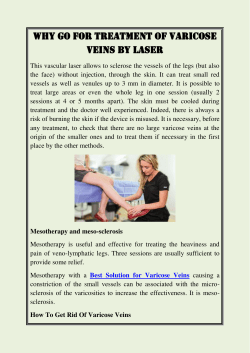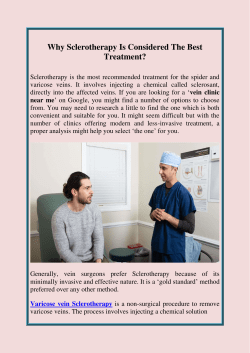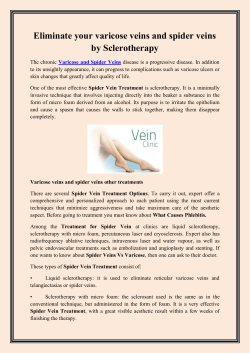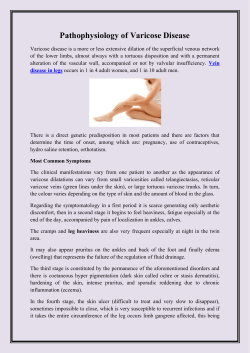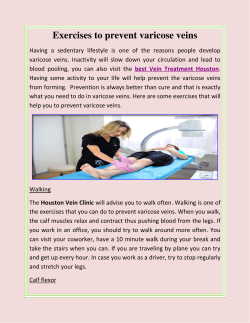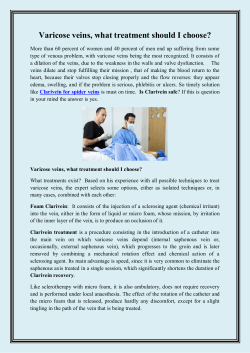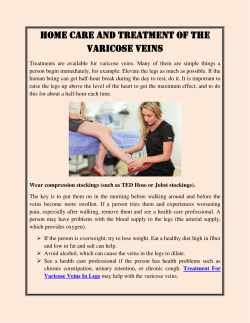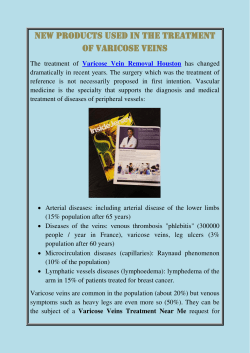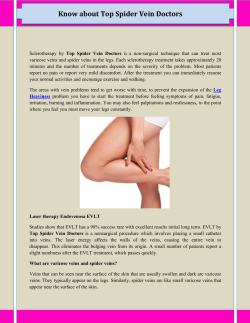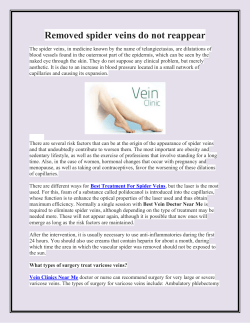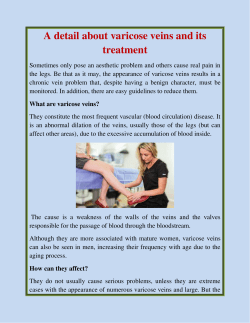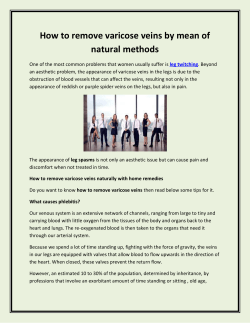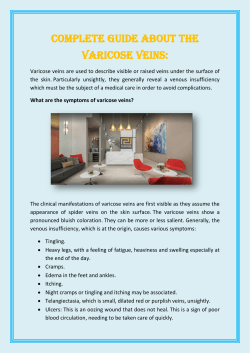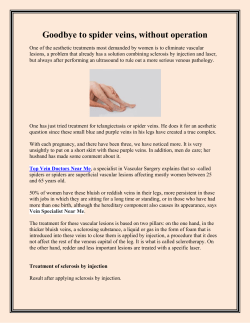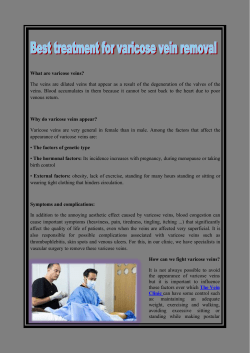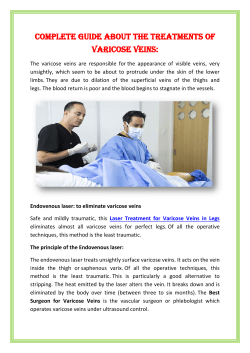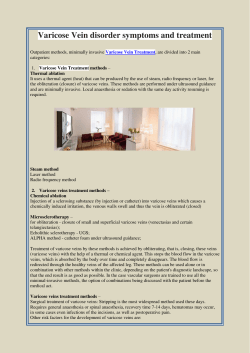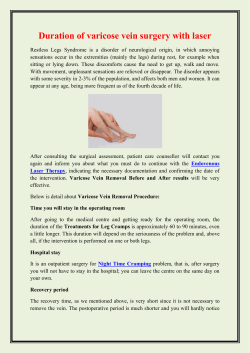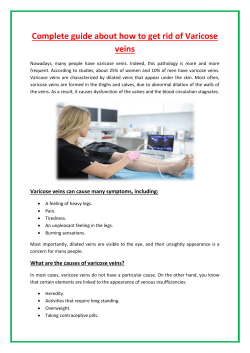
What is sclerotherapy and what are their effects on health
What is sclerotherapy and what are their effects on health? Sclerotherapy is a treatment that consists of the elimination of spider veins and certain types of varicose veins problems using substances that are injected directly into them, which cause damage to the walls of these vessels, turning them into fibrous cords (a process called sclerosis) and therefore, obliterates these varicose veins. The blood circulating in these varicose veins is then transferred to the healthy veins, thus eliminating both the visibility of these varicose veins and their symptoms. What compounds are used in varicose sclerotherapy? The most commonly used compounds are of three types: detergents, osmotic and chemical. The detergent compounds, despite their name, have a specific functioning that opens the vein and allows its inflammation and subsequent disappearance. They are the most used and effective for spider vein disease. On the other hand, the osmotic agents provoke the dehydration of the area, thus achieving the destruction of the vein, and the chemical agents injure the cells of the walls of the veins to achieve the desired effect. Spider vein removal before and after results will be quite effective. Any of these three agents, which cover different classes, can be used by your doctor in the application of the treatment. If you have doubts, you can ask about the effects that these compounds can have on the treatment and the subsequent periods. What is the sclerotherapy process? This spider vein therapy is only done by a medical specialist, which has the appropriate chemicals to induce the process of sclerosis, explained above, in your varicose and varicose veins. Your doctor will first make a comprehensive evaluation and determine if you need this varicose vein therapy. The sclerotherapy indications are: • Spider veins or reticular varices. • Mild to moderate varicose veins in your legs, thighs or pelvis. • Recurrent varicose veins, that is, you have previously received sclerotherapy and your varicose veins have reoccurred. • Varicose veins associated with ulcers. Your doctor will initially offer non-invasive treatments for varicose vein disease, such as changing your lifestyle, wearing compression stockings or certain medicines. However, if you want a faster and more definitive treatment or conventional treatments have not worked for you and you still have spider veins symptoms, this could be an option for you. However, you should bear in mind that there are some contraindications, that is, that this procedure is prohibited in the following situations, given the high risk of developing complications: • If you have had an allergic reaction to the chemical previously. • If you developed thrombi in your varicose veins or lungs, that is, you have deep vein thrombosis or pulmonary thromboembolism. • If the chemical is injected into the skin, it is infected. • If you are immobilized or confined to bed permanently. • If you are pregnant or nursing. Normally the procedure for varicose veins on legs is performed in the office of your specialist doctor, and does not require any kind of general anaesthesia or prior preparation. Your doctor may tell you to avoid applying creams or oils in the area on the day of the procedure.
© Copyright 2025
